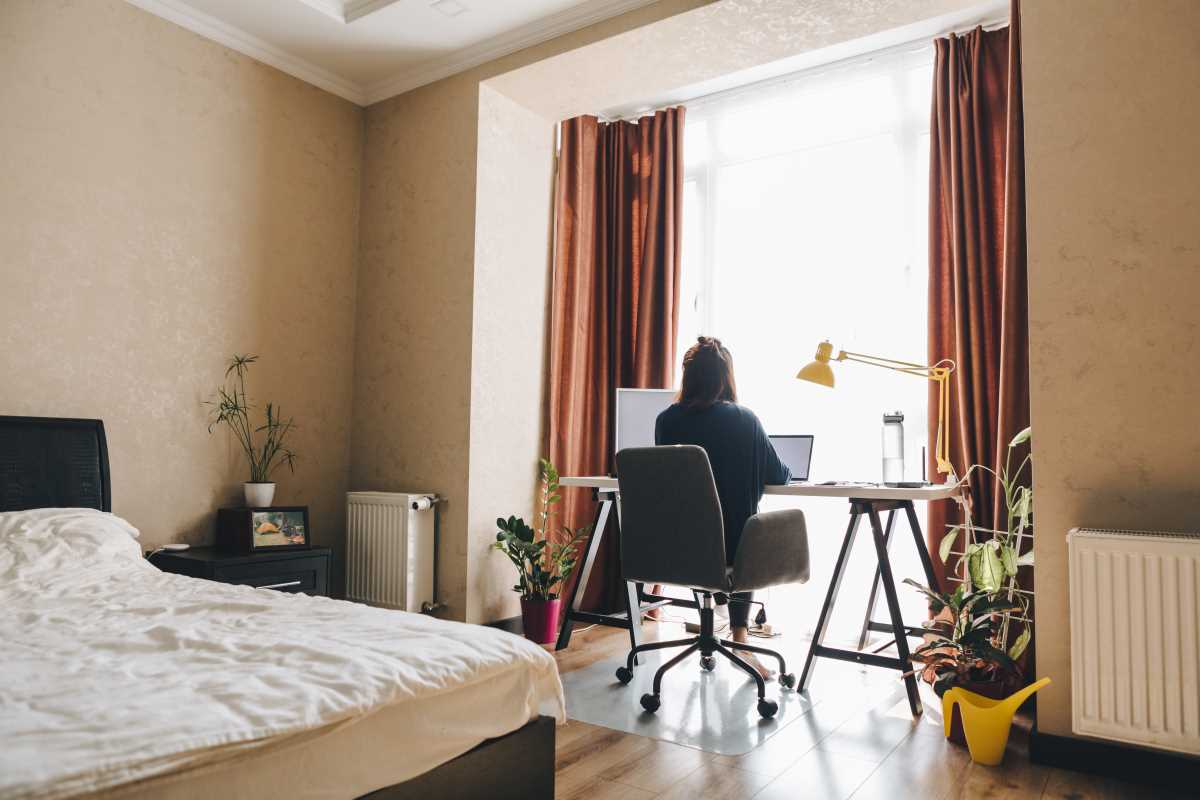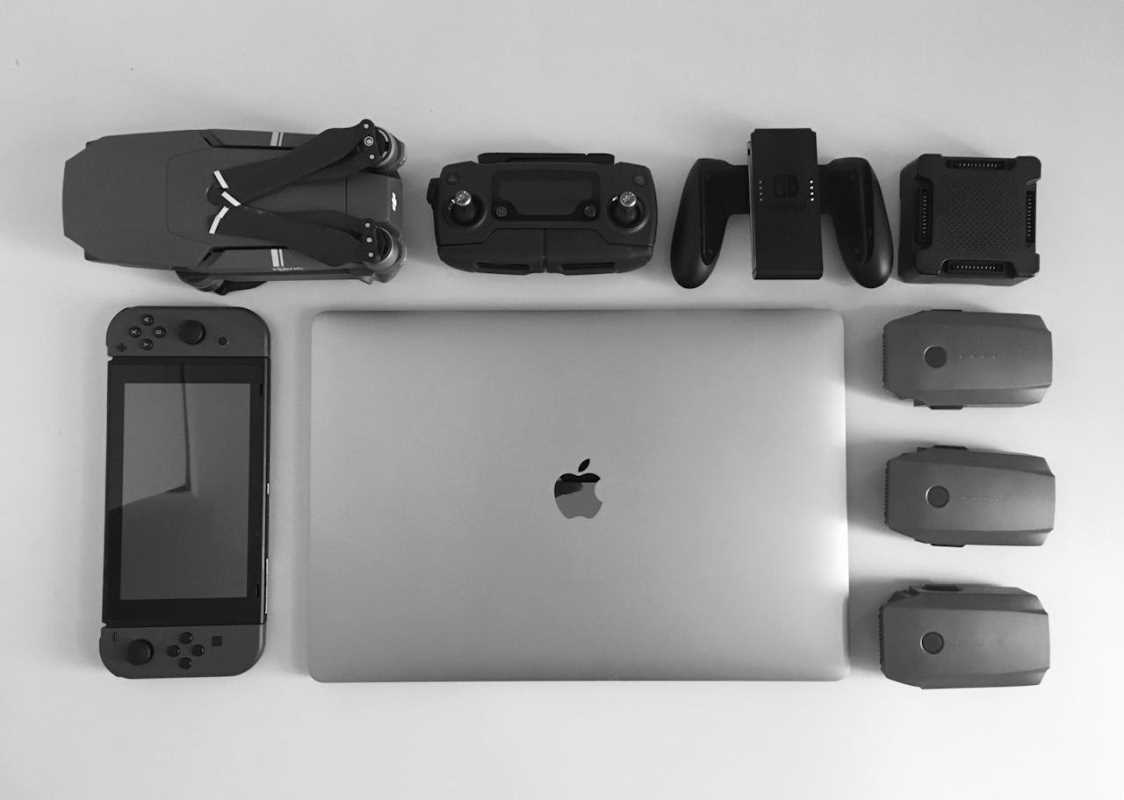Imagine transforming your shared living space into a productive haven with an ergonomic dual monitor setup. This guide reveals the secrets to crafting a workspace that seamlessly blends into your home environment. By infusing creativity with practical techniques, you can design an area that enhances efficiency while ensuring comfort throughout the day. In a home that juggles multiple roles, carving out a dedicated spot that reduces clutter and stress is crucial. A carefully planned workspace not only supports your work-life balance but also fosters harmony, allowing everyone to coexist without encroaching on each other's space.
Designing a dual monitor setup in a room shared with family or roommates presents its own set of challenges. It involves careful planning around furniture placement, cable organization, and even managing noise levels. This article will help you build a comfortable and practical system complete with actionable tips that cater to the unique dynamics of shared living spaces.
Making Dual Monitors Work in Shared Spaces
Dual screens boost your productivity by increasing screen real estate, which helps you juggle multiple tasks without constantly switching windows. Yet, the balance between personal space and communal areas adds complexity when configuring your workstation. Explore some advantages and hurdles below:
- Enhanced Efficiency: More screen space helps organize work, making multitasking easier.
- Better Visuals: Having two monitors improves file comparisons, editing, and creative tasks.
- Space Constraints: Ensure the setup does not overwhelm the common areas in shared rooms.
- Noise and Distraction: Consider how screen glare and positional setups might affect others.
By outlining benefits and potential issues straight away, you can design a workstation that respects space limitations and interpersonal needs.
Understanding these factors helps you select the right gear and design the layout. This process brings a level of personalization that makes your work area an ideal extension of your living space.
Essential Gear for Your Setup
Before you start arranging your dual monitors, invest in good quality equipment that supports your ergonomic and productivity needs. The right gear can reduce physical strain and boost efficiency, ensuring that your workspace feels inviting and effective.
- Dell or HP monitors with adjustable stands so you can align them with your eye level.
- Logitech accessories like keyboards and mice that promote comfortable use.
- Monitor mounts designed to support dual monitors while freeing up desk space.
- A reliable surge protector and cable management kit to keep cords tidy and safe.
- An ergonomic chair with adjustable back support to promote good posture during long work sessions.
Consider how each piece of equipment works together. For example, adjustable monitor stands grant flexibility in positioning the screens while an ergonomic chair offers necessary support during prolonged use. Matching these items with thoughtful peripheral choices makes the difference between a cluttered setup and an organized workspace.
When selecting gear, look for clear, reliable reviews and try to test items in person when possible. This hands-on approach ensures that you invest in the best possible upgrades for your dual monitor setup.
Tips for Ergonomics and Comfort
Focusing on ergonomics can help you avoid discomfort after long periods of sitting. Start by paying attention to how you position your monitors and maintaining a healthy distance from the screen. Adjusting your seating arrangement to keep your back and neck aligned can reduce the risk of strain. A correctly arranged ergonomic setup will help you work longer with less fatigue.
Experiment with monitor heights so that your eyes comfortably meet the top of the screen. Use a separate keyboard tray if needed, and always keep your feet flat on the ground. These small adjustments have a significant impact on overall comfort. This space can easily change from being a stressful work zone into a haven that supports your physical wellbeing.
Making the Most of Limited Space
Maximizing every inch of a shared living space requires creative methods to maintain organization and privacy. For instance, position your workstation against a wall or behind a partial divider to create a more secluded area for concentrated work. Implement wall-mounted shelves or a foldable desk extension to free up floor space when the area isn’t in use.
Maintaining an organized environment boosts both productivity and serenity. Use cable clips and ties to bundle loose cords neatly, which prevents tangling and reduces clutter. Consider custom-built storage solutions that hide away office supplies, and use portable room dividers to signal when you need focused time away from household noise. These small investments help transform an everyday area into a smart, efficient workspace.
Tech Recommendations for Dual Monitors
When it comes to picking the best technology for your dual monitor setup, match your choice with your specific tasks and budget. Check out options that are known for delivering crisp visuals and swift responses. A well-matched dual monitor setup pairs perfectly with the rest of your surroundings and meets the standards of high performance while fitting within your home’s spatial constraints.
Balance your system by ensuring both screens display similar color profiles and resolutions to maintain uniformity. Search for monitors that have low blue light emissions that protect your eyes during marathon work sessions. Emphasize quality and consistency in your tech choices so that your work area transforms into a hub of efficiency without overcrowding life at home.
Maintaining Harmony in Shared Spaces
Living and working in a shared space means your setup needs to work harmoniously with other household activities. Communication becomes essential, and proactive planning can minimize misunderstandings about workspace boundaries.
- Negotiate designated quiet times with your housemates whenever you need uninterrupted focus.
- Create a visible signal or use a small lamp indicator when your workload demands silence.
- Keep your workspace tidy to avoid conflict over shared areas.
- Respect communal zones by ensuring your workstation is compact and non-intrusive.
- Encourage regular breaks to reconnect and share moments with those around you.
These suggestions support a polite, productive atmosphere in shared living spaces, making it easier for everyone to enjoy a harmonious home. Thoughtful communication and a well-designed workspace balance professional needs with communal comfort.
Create a workspace that supports your productivity and well-being. Enjoy the satisfaction of staying organized as you work.







